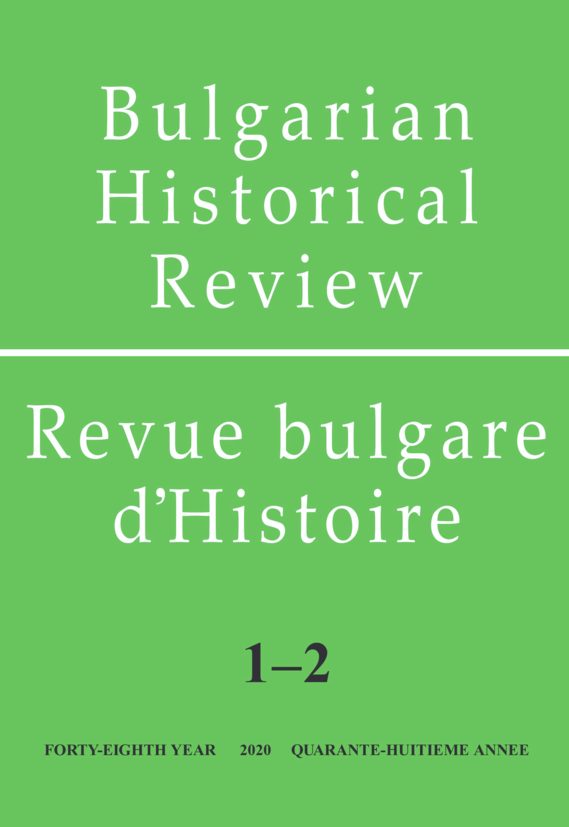Культура кумано-кипчаков Восточной Европы. Очертание проблемы.
The Culture of the Cuman-Kipchaks in Eastern Europe. Outline of the problem.
Author(s): Valery StoyanowSubject(s): History, Cultural history, Ethnohistory, Middle Ages, 6th to 12th Centuries, 13th to 14th Centuries, 15th Century
Published by: Институт за исторически изследвания - Българска академия на науките
Keywords: Cumans; Kipchaks; Nomads; Culture; Eastern Europe;
Summary/Abstract: The lasting contacts of the Cumans with the settled societies, including the dynastic marital alliances, as a result of which most countries bordering to the Steppe (Khwarazm, Georgia, Russia, Hungary, and Bulgaria) were often ruled by Cuman descendants, led to an intensive cultural exchange. It is usually emphasized the influence of the sedentary world on the changes in the nomadic societies, which gave rise to their gradual reorganization and the decline of their civilization. But the nomads themselves have no less impact on their settled neighbors. A number of Turkic and Iranian lexical borrowings came from their languages in Russian, Ukrainian, Hungarian, Romanian and Bulgarian. The rider people were an important source of cultural and technical innovations, introducing elements of clothing and armaments, of the jewelry and decorative art, of the religious and mythological complex, as well as more peculiar as a style music and dance, calendar system, lifestyle and mentality. For the specificity of the Cuman culture, it is judged by some written records, by objects depicted in illustrations and on the “stone babas”, by archaeological information, especially the funeral stock found in Cuman mounds. The paper summarizes the results of the already classical studies on the Cuman culture – the traditional pagan one as well as the culture after the coming of its bearers under the influence of the world religions – Manichaeism, Buddhism, the Karaite variant of Judaism, the Nestorian Christianity, Orthodoxy, Catholicism and the Islam.
Journal: Bulgarian Historical Review / Revue Bulgare d'Histoire
- Issue Year: 2020
- Issue No: 1-2
- Page Range: 3-30
- Page Count: 28
- Language: Russian
- Content File-PDF

